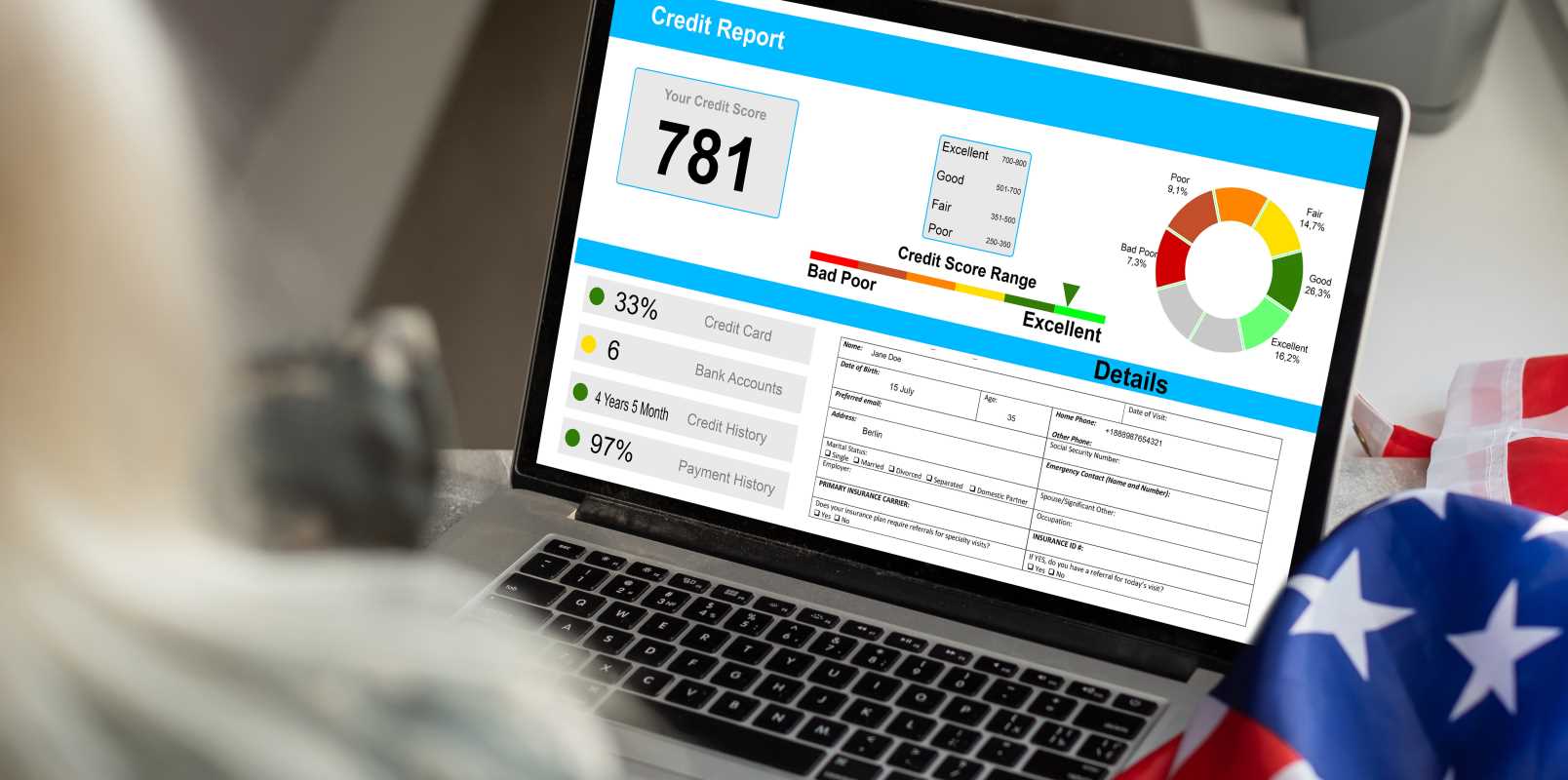Searching for your first investment property brings both excitement and plenty of questions. Many people dream of owning a place that generates rental income and steadily increases in value, all without causing late-night worries. This guide lays out clear steps for selecting a promising property, explaining what to look for and how to steer clear of mistakes that often catch new investors by surprise. By understanding the basics and paying attention to key details, you can move forward with confidence and set yourself up for a rewarding real estate experience.
Assess Your Financial Foundation
Before you dive into listings, examine your bank account, credit score, and existing debts closely. This snapshot reveals how much you can comfortably commit to down payments and monthly mortgage costs.
Here’s a quick breakdown of the must-know numbers:
- Emergency savings: Save at least three months of living expenses in a separate account.
- Debt-to-income ratio: Keep it below 36%, including the estimated mortgage.
- Credit score: Aim for 700 or higher to get the best mortgage rates.
- Liquid cash: Cover closing costs, inspections, and initial repairs.
Define Your Investment Goals
Determine what you want to achieve with this investment. Are you looking for steady monthly rent, planning to flip in a few years, or building a property portfolio over the next decade? Setting clear goals helps you find properties that align with your timeline and expected returns.
Write down your top three objectives and revisit them whenever a new listing catches your eye. That list guides your decisions, helping you stay focused and avoid impulsive buys based on shiny finishes or trendy neighborhoods.
Research Markets and Property Types
Explore neighborhoods that match your goals. Young professionals might prefer urban flats that rent easily, while those targeting families will look at suburbs with good schools. Use public data, local realtor reports, and on-site visits to evaluate each area.
Focus your search on factors like employment growth, population changes, and average rent prices. Once you narrow down your options, identify properties with features appealing to renters or buyers in that market—such as open floor plans, proximity to transit, or tech-friendly layouts.
Analyze Risk Factors
Every deal involves risks, but you can identify and address them directly. Here’s how I suggest you prioritize common hazards:
- Market downturns: Choose neighborhoods with diverse job markets to soften the blow if one industry weakens.
- Vacancy rates: Seek areas with low vacancy for steady cash flow.
- Property condition: Include repair costs in your budget—skimping on inspections will cost more later.
- Interest rate spikes: Lock in a fixed-rate mortgage to keep payments predictable.
- Tenant issues: Carefully screen renters and plan for occasional turnover.
Assign each risk category a score based on local data, then compare properties using that scoring system. This approach turns gut feelings into clear, evidence-based decisions.
Build Your Financing Strategy
Most first-time investors rely on traditional loans. Shop around at banks, credit unions, and online lenders to find the best rates. Don't forget to check out programs for first-time investors or low down-payment options like FHA or VA loans if you qualify.
Get pre-approved before you start house-hunting so you know your spending limit. If you plan to combine properties with other investments, calculate the numbers—use an amortization calculator to see how additional principal payments speed up equity growth.
Execute and Monitor Your Investment
Once you make an offer, act quickly. Hire a home inspector with excellent reviews and negotiate repairs or credits based on their report. At closing, double-check all paperwork and keep copies of key documents in a secure digital folder.
After taking ownership, track rental income, expenses, and maintenance tasks in a spreadsheet or a simple property-management app. Schedule quarterly reviews to reassess rent levels, repair budgets, and market comparisons—this habit keeps you proactive instead of reactive.
Connect with a network of real estate peers or a mentor to discuss challenges and celebrate wins. Sharing tips about local contractors or lease clauses can save you hours of learning.
Stay curious and adjust your plan as you gain experience. That flexibility turns a single purchase into a growing portfolio over time.
Careful planning, goal setting, market evaluation, and risk management give you an edge. Trust your research and data, knowing every experienced investor begins where you are now.







